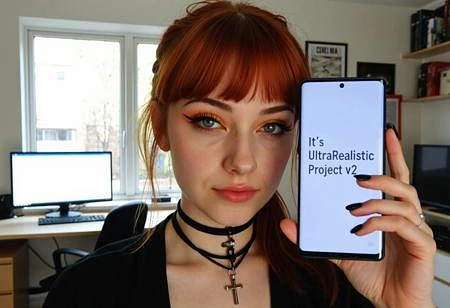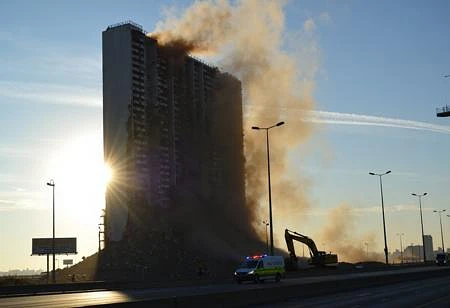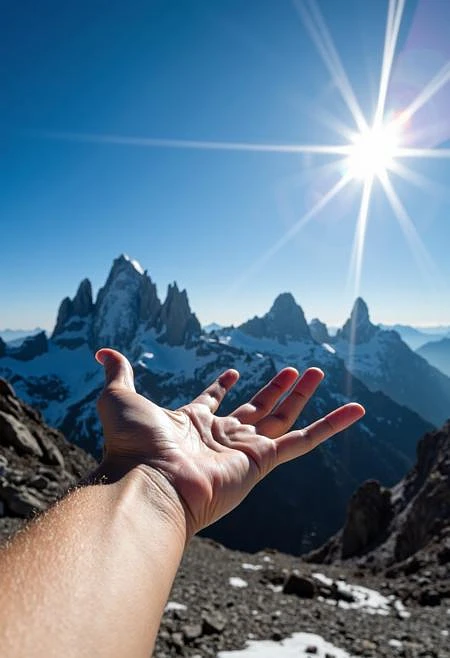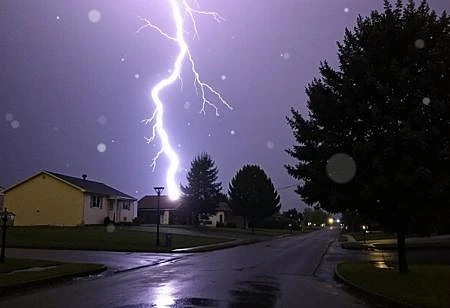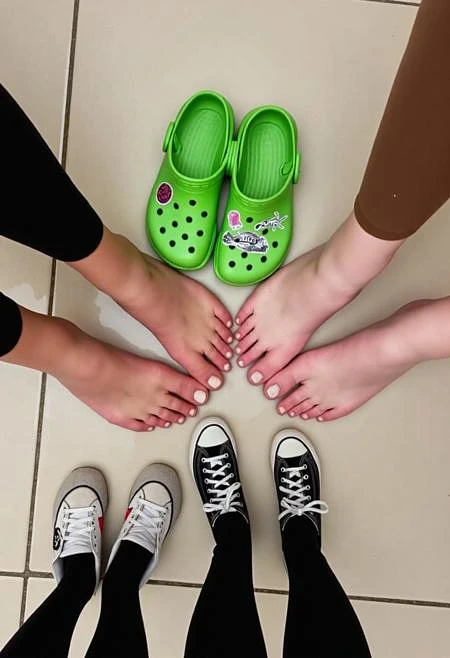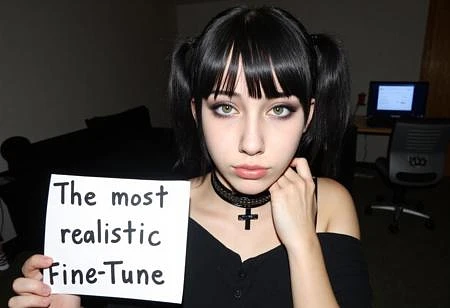UltraReal Fine-Tune
v3 (experimental)What's New in v2.0?
Enhanced Anatomy: Hands, feet, and poses have seen major improvements, offering more natural and accurate results. Say goodbye to overly distorted limbs!
Improved Textures & Quality: Upgraded skin details, richer textures, and sharper results overall. Blurred images still happen occasionally, but much less frequently than in the previous version or when using LoRAs alone.
Improved Text Rendering: Efforts have been made to improve the generation of text in images, and it’s much better than before. However, artifacts can still occur, and strange symbols might sometimes appear instead of readable words. This remains a work in progress.
Expanded Dataset: A larger and more diverse dataset (1800 images) introduces better balance across styles, lighting, and compositions.
Added Checkpoint Variations
To ensure compatibility with different workflows, I’ve included multiple checkpoint variations:
BF16
FP8
Quant 8 (Q8)
Quant 4 (Q4)
From my testing, I’ve noticed Quant 8 (Q8) offers slightly better quality than FP8, providing finer details while maintaining manageable resource requirements, but other works nice too. Pick the version that works best for your setup
Known Limitations
NSFW Capabilities: Still a weak area in this version. However, a minor fine-tune focusing specifically on NSFW content is already in the works.
Text Rendering: While text generation is better, occasional artifacts like odd symbols or incomplete words may still occur. But noticied usage of t5xxl fp16 instead of fp8 helps a lot with text
Tips for Optimal Results
Sampler: Use DPM++ 2M samplers for smooth and consistent outputs.
Steps: Aim for 30–50 steps to capture finer details without over-processing.
-
Scheduler: Beta Scheduler remains the best choice for this checkpoint.
Prompting TipsThe best prompting style involves complex prompts with clear, comma-separated phrases. While you can get creative with storytelling prompts, unnecessary descriptions like “this crap added more vintage to her style” won’t improve the results. Keep it concise and descriptive, focusing on essential visual details for the best output.
Future Plans
I’m committed to further developing this fine-tune. The next update will likely focus on:
Expanding NSFW capabilities
Enhancing edge cases like dynamic poses and lighting scenarios
Improving text rendering for sharper, more accurate results
Ultra-Realistic Flux Fine-Tune v1
This is my first experiment in fine-tuning a checkpoint, built upon the foundations of my UltraReal LoRA and expanded with an extended dataset. The aim? To push realism to the next level, finding that sweet spot between amateur aesthetics and professional, high-quality visuals.
While this is only the first version and I see room for further refinement - the results are good, but not ideal (hands and feet can be broken sometimes, but situation is not critical, still better then defaul flux). This fine-tune isn’t just about amateur-quality outputs; it shines with professional-grade images, offering exceptional detail, lifelike shadows, and lighting. It’s a versatile model designed to unlock a wider range of realistic image generation possibilities.
This is very much a work in progress, and I’m sharing it to gather feedback and see how others use it creatively. If you test it, I’d love to hear your thoughts or see your results!
Also i uploaded both versions: fp16 (in ComfyUI it's better to use with e5m2) and fp8 and Q4_0
🌟 What’s New in This Fine-Tune?
Expanded Dataset: Nearly double the dataset size of the original LoRA, covering a diverse range of styles, lighting, and compositions.
Improved Realism: Sharper details, richer textures, and more natural lighting, bridging the gap between AI-generated and real-world imagery.
Versatility: From casual amateur-style snapshots to cinematic, professional-quality renders, this fine-tune adapts to a variety of creative needs.
Enhanced Anatomy: Better hands, limbs, and more natural poses compared to the base Flux model.
💡 Tips for Best Results
Use DPM++ 2M samplers for smooth and consistent outputs.
Aim for 30–50 steps for finer details without overdoing it.
Select the Beta Scheduler for optimal rendering performance.
⚡ Why Fine-Tune?
This fine-tune was crafted to overcome some of the limitations of the default Flux model. It enhances its ability to handle complex scenes while maintaining consistent quality across a range of prompts. The goal is simple: make ultra-realistic image generation accessible, reliable, and visually stunning, without requiring endless adjustments.
P.S: i plan to train this model more to make ultimate checkpoint with best anatomy and realism. This version is not very good with nsfw (this will be fixed in next version)
P.S.S: so far you can randomly get a low resolution image (dunno what exactly trigger this one, but will search for fixes). But seems like using high-resolution in prompt helps
What is UltraReal Fine-Tune?
UltraReal Fine-Tune is a highly specialized Image generation AI Model of type Safetensors / Checkpoint AI Model created by AI community user Danrisi. Derived from the powerful Stable Diffusion (Flux.1 D) model, UltraReal Fine-Tune has undergone an extensive fine-tuning process, leveraging the power of a dataset consisting of images generated by other AI models or user-contributed data. This fine-tuning process ensures that UltraReal Fine-Tune is capable of generating images that are highly relevant to the specific use-cases it was designed for, such as film, photorealistic, sexy.
With a rating of 0 and over 0 ratings, UltraReal Fine-Tune is a popular choice among users for generating high-quality images from text prompts.
Can I download UltraReal Fine-Tune?
Yes! You can download the latest version of UltraReal Fine-Tune from here.
How to use UltraReal Fine-Tune?
To use UltraReal Fine-Tune, download the model checkpoint file and set up an UI for running Stable Diffusion models (for example, AUTOMATIC1111). Then, provide the model with a detailed text prompt to generate an image. Experiment with different prompts and settings to achieve the desired results. If this sounds a bit complicated, check out our initial guide to Stable Diffusion – it might be of help. And if you really want to dive deep into AI image generation and understand how set up AUTOMATIC1111 to use Safetensors / Checkpoint AI Models like UltraReal Fine-Tune, check out our crash course in AI image generation.
Popularity
Info
Latest version (v3 (experimental)): 3 Files
About this version: v3 (experimental)
The updated version of my checkpoint is now live. While I’ve worked on improving areas like nudes, feet, and lower body anatomy, I have to admit I’m not fully satisfied with the results. That said, I wouldn’t call the training a failure - it’s definitely a step forward.
This version also brings better overall quality and more detailed textures. However, some issues remain, like instability with hands and fingers, so I recommend using a CFG of 3 (instead of 2.5 as before) and setting steps to 50 for better results. As for nudes, they’re still not where I want them to be - definitely a work in progress.
The good news is that I already have the datasets ready for the next version, which I plan to release soon. As always, your feedback is invaluable - thanks for sticking with me through this journey ❤️
4 Versions
Go ahead and upload yours!
